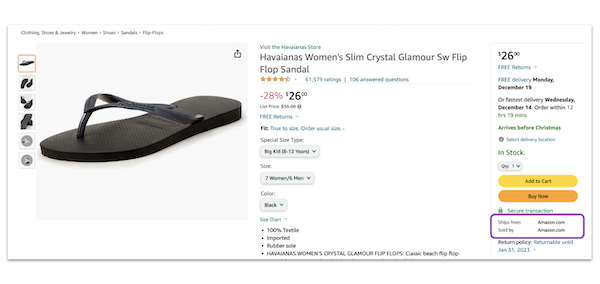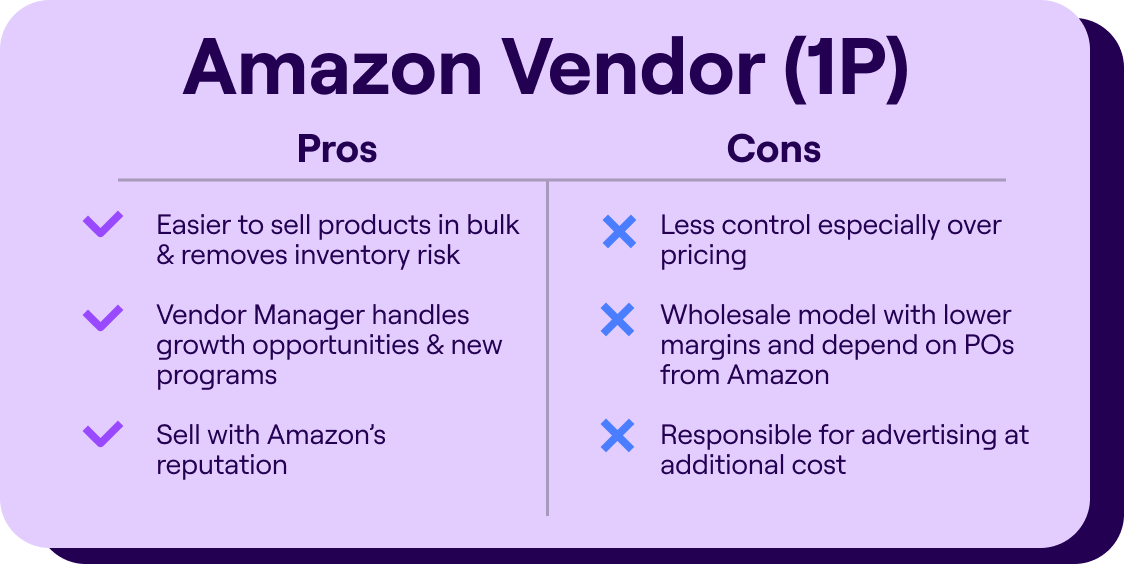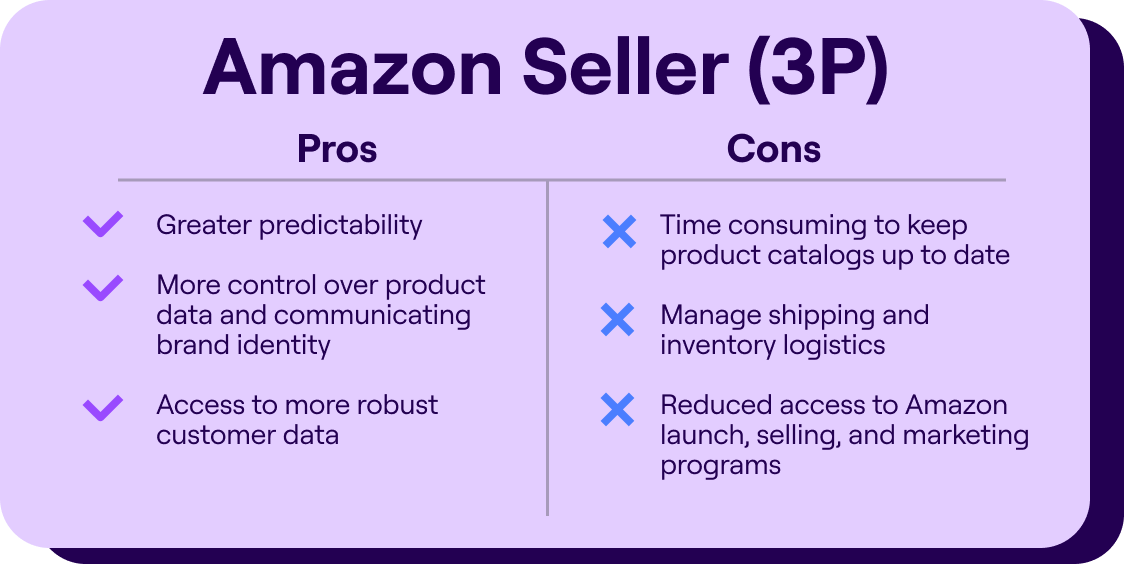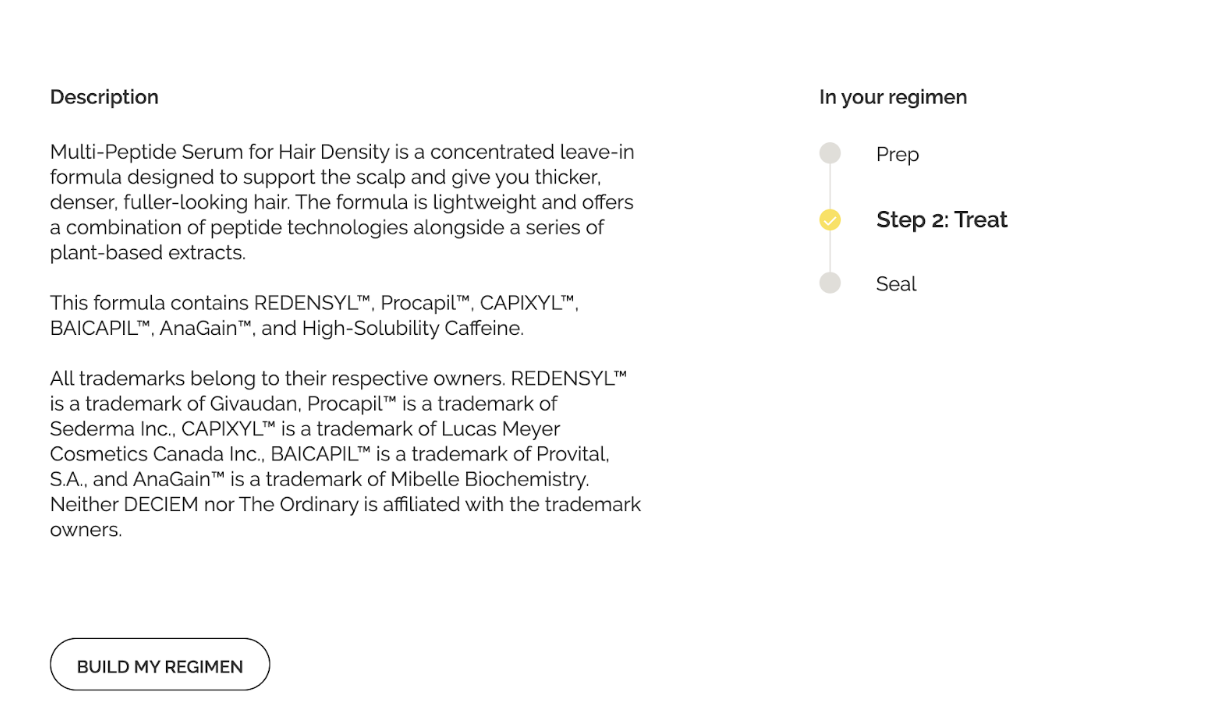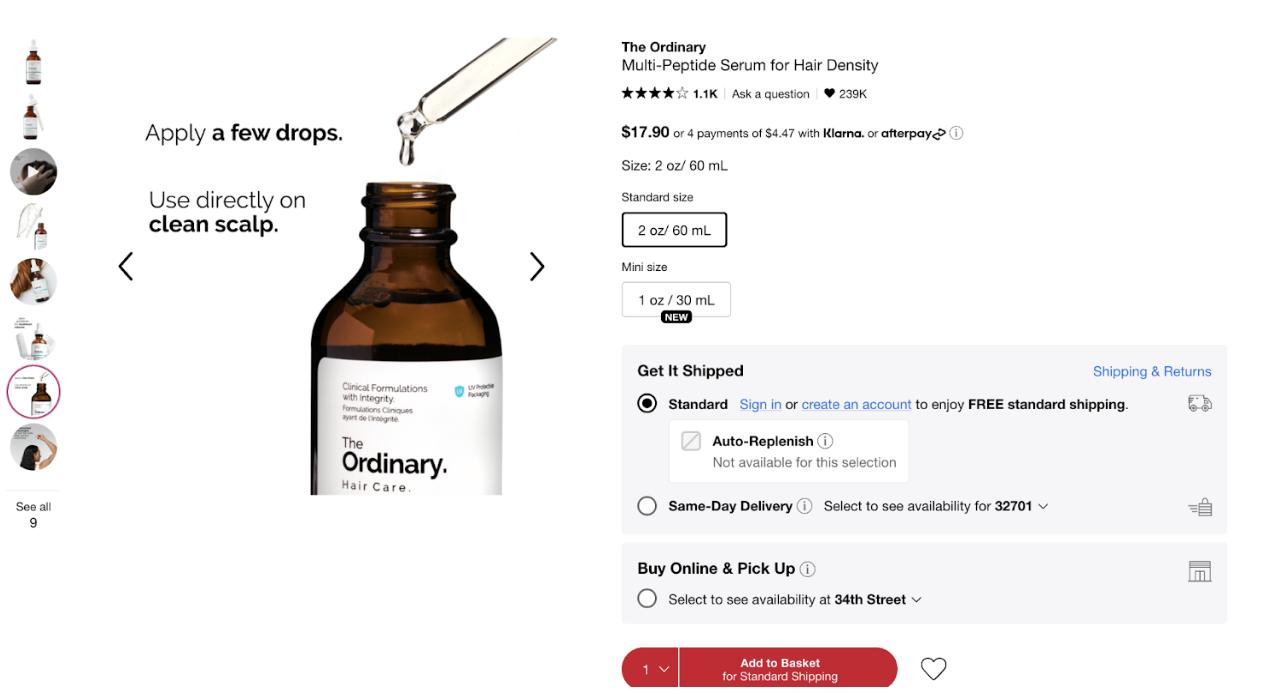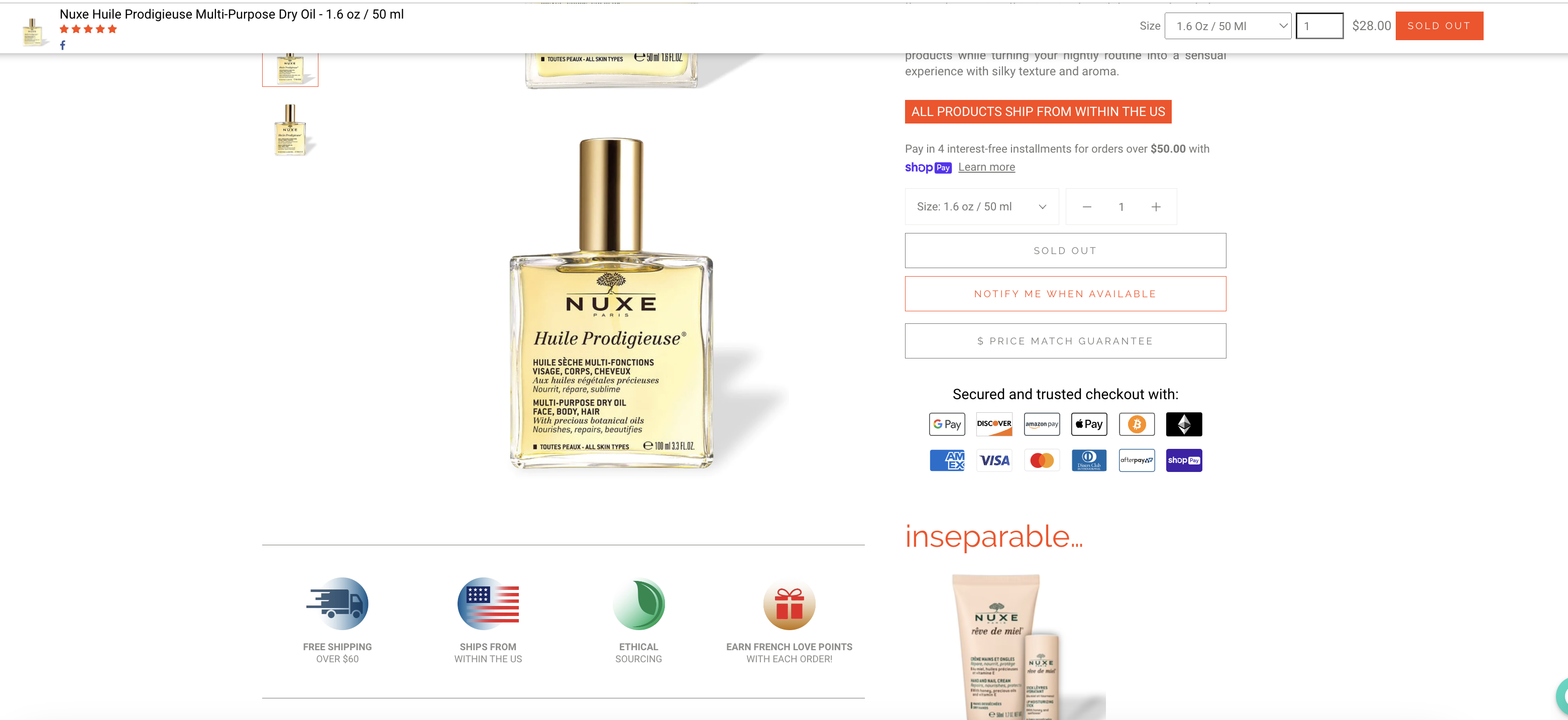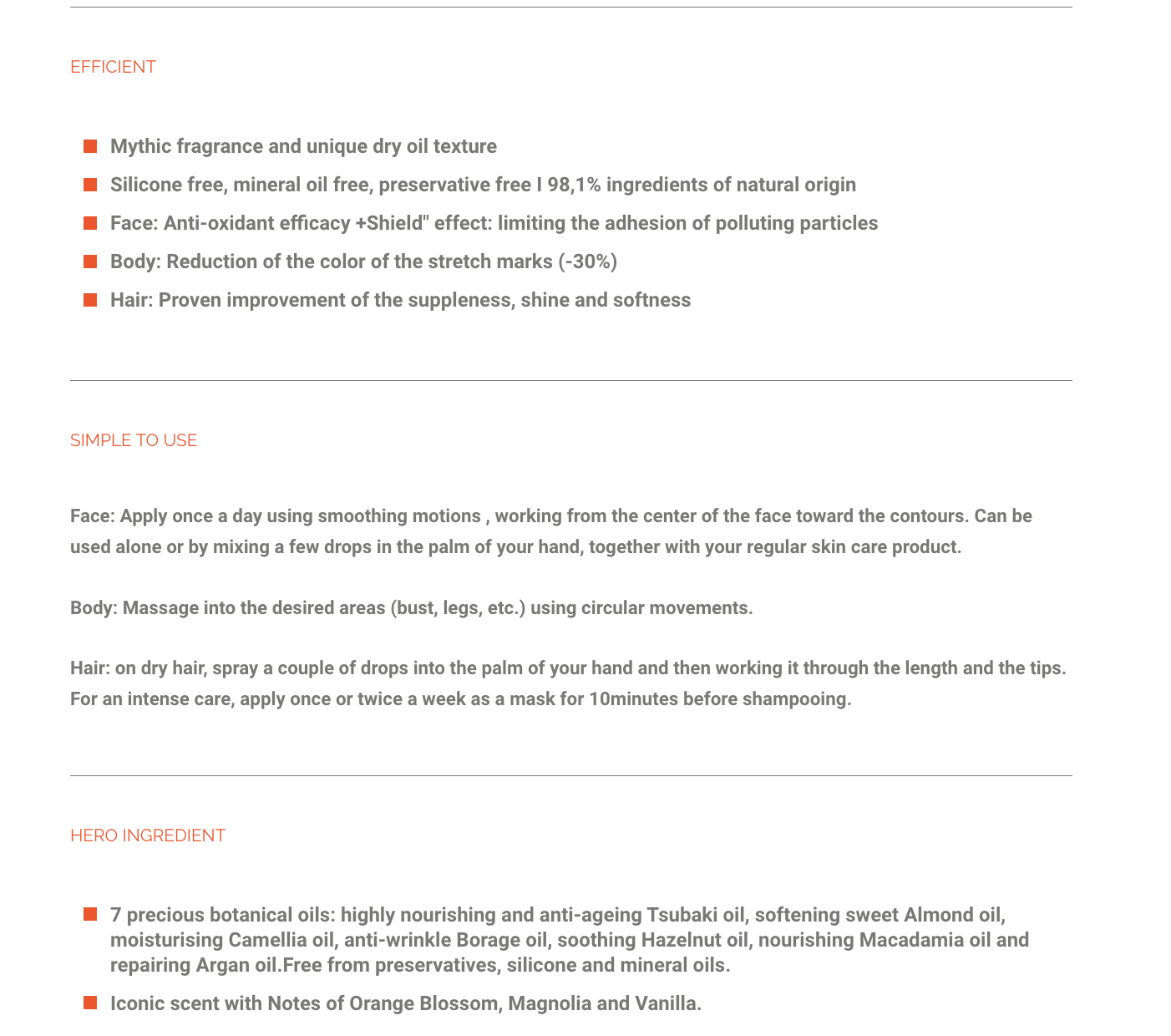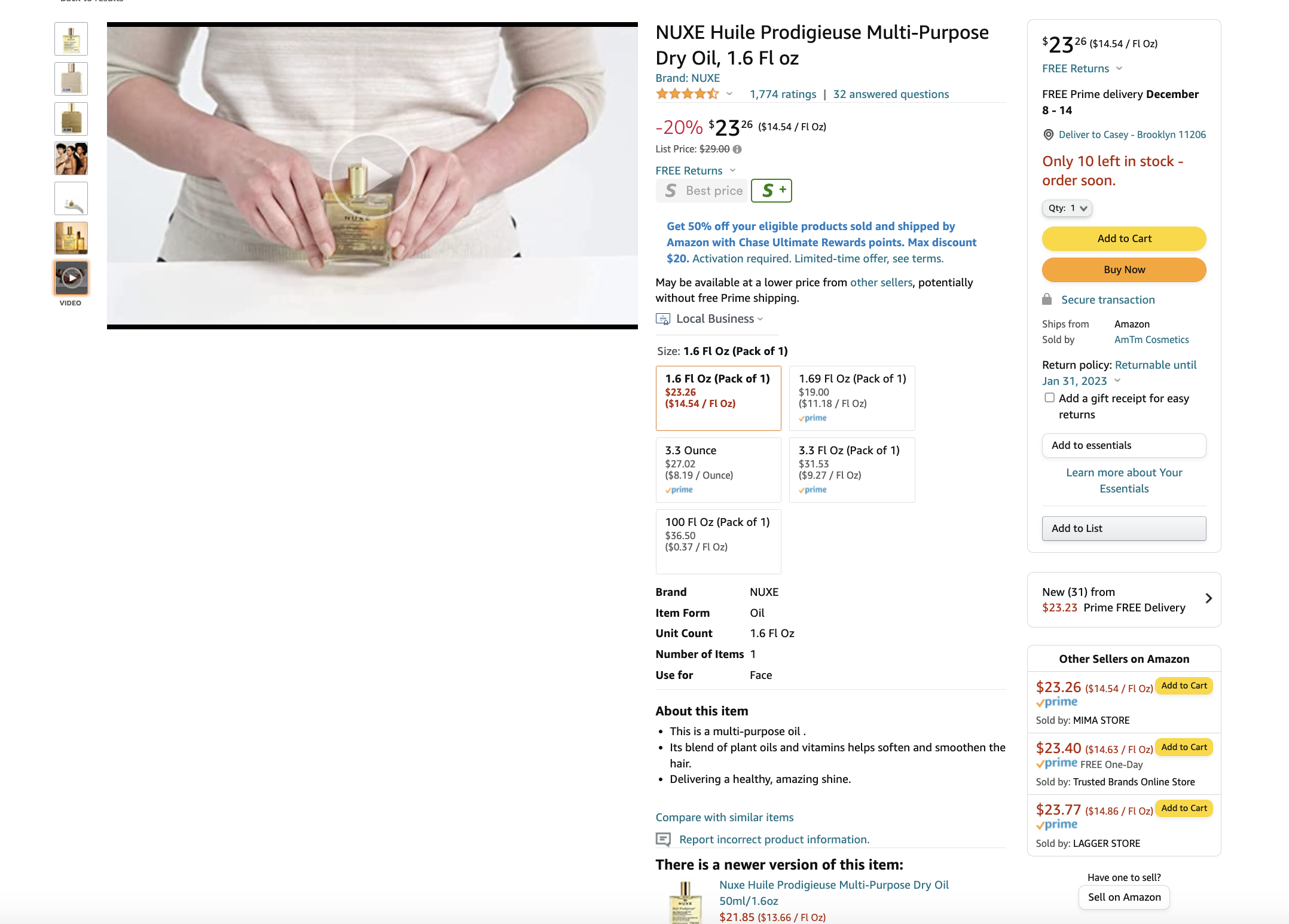12 Must-Read Akeneo Bylines From 2024
Dive into Akeneo’s most impactful bylines of 2024, where industry leaders share their expertise on navigating the ever-evolving retail and eCommerce landscape. Whether you’re tackling post-holiday challenges or preparing for the next retail revolution, this curated collection will inspire and equip you with the tools needed to thrive in today’s competitive market.

As 2024 draws to a close, we’re reflecting on an incredible year of thought leadership and insights from the Akeneo team. For the 12th and final day of our 12 Days of PXMas, we’re highlighting 12 of our most impactful bylines published in leading industry outlets. These articles tackle critical topics such as AI, ESG, retail strategies, and more, offering actionable advice and innovative perspectives. Each piece reflects Akeneo’s commitment to driving better product experiences and empowering businesses to thrive in a dynamic marketplace.
From navigating holiday challenges to leveraging AI for conversational commerce, this list showcases the breadth of our expertise and dedication to shaping the future of retail and eCommerce. Let’s dive into the highlights from an exceptional year of thought leadership.
1. What a Shortened Holiday Season Means for Retail
Author: Kristin Naragon | Published in My Total Retail
In the condensed 2024 holiday season, with only 27 days between Thanksgiving and Christmas, retailers face intensified pressure to optimize their omnichannel strategies. This article delves into actionable tactics such as initiating campaigns early, extending promotional periods, and ensuring consistent, detailed product information across all channels to enhance customer experience. By implementing these approaches, brands can effectively navigate the shortened timeframe and maximize revenue opportunities during this critical shopping period.
2. Betting on ESG: The Smart Move for Now and the Future
Author: Kristin Naragon | Published in Industry Today
In an era where consumers increasingly favor sustainably sourced products and governments enforce stringent environmental regulations, integrating Environmental, Social, and Governance (ESG) principles has become essential for businesses aiming to thrive. This article explores how proactive ESG initiatives not only enhance brand reputation but also open doors to new markets, aligning corporate strategies with evolving consumer expectations and legal mandates. By delving into global sustainability regulations and offering practical steps for implementation, it provides a roadmap for companies to navigate the complexities of ESG integration, ensuring long-term success in a rapidly changing landscape
3. How Enterprise SaaS Companies Can Thrive in an AI-Driven World
Author: Jesse Creange | Published in Unite.ai
AI is reshaping the SaaS landscape, offering both opportunities and challenges. This article explores how these companies can leverage their existing strengths while enhancing their offerings with AI capabilities, providing clients with superior solutions. It examines the potential threats AI poses to traditional SaaS models and offers strategies for adaptation and growth in this evolving landscape.
4. How AI and LLMs Are Ushering in a New Era of Conversational Commerce
Author: Jesse Creange | Published in Retail TouchPoints
Discover how artificial intelligence (AI) and large language models (LLMs) are revolutionizing the retail landscape by transforming conversational commerce into a dynamic, personalized experience. This article explores the cutting-edge ways retailers are leveraging AI-driven chatbots and virtual assistants to engage customers, streamline the shopping journey, and boost conversion rates. With insights into how these technologies enhance customer interactions and deliver real-time solutions, this must-read piece outlines the future of shopping in an AI-powered world. Don’t miss the opportunity to uncover actionable strategies for staying ahead in the evolving world of conversational commerce.
5. The Key Role of Product Taxonomy in AI-Driven Retail Strategies
Author: Sarah Assous | Published in Chain Store Age
Unlock the power of product taxonomy in the age of AI-driven retail strategies. This article dives into how a well-structured product taxonomy serves as the backbone of seamless customer experiences, enabling precise search results, personalized recommendations, and efficient inventory management. By exploring the intersection of AI and taxonomy, it highlights actionable insights for retailers looking to enhance decision-making, drive conversions, and remain competitive in a fast-paced, digital-first landscape. Discover why mastering your product taxonomy is key to thriving in the future of retail.
6. Demystifying Mergers & Acquisitions To Make The Most Of A Transformative Process
Author: Kristin Naragon | Published in Forbes Business Development Council
Explore the transformative world of mergers and acquisitions (M&A) in this insightful article that breaks down the complexities of the process and reveals how to turn challenges into opportunities for growth. Whether you’re navigating cultural integration, aligning strategic goals, or maximizing financial outcomes, this piece offers expert advice and actionable strategies to ensure a successful M&A journey. Perfect for business leaders and decision-makers, it demystifies the intricacies of M&A, empowering companies to leverage this powerful tool for innovation and competitive advantage. Don’t miss this roadmap to mastering one of the most impactful business strategies.
7. In Her Own Words: In the World of Tech, Kristin Naragon Finds Comfort in Discomfort
Author: Kristin Naragon | Published in BizJournal
Dive into the inspiring journey of Kristin Napier, a trailblazer in the tech industry, as she shares her insights on navigating the ever-evolving world of technology. In this compelling profile, Kristin opens up about her leadership philosophy, strategies for fostering innovation, and the importance of creating inclusive environments that empower women in tech. Whether you’re a seasoned professional or just starting out, this article offers valuable lessons and a fresh perspective on thriving in a dynamic and competitive field. Don’t miss this candid look into Kristin’s world and the wisdom she brings to the forefront of technology and leadership.
8. 5 Key Ways AI and ML Can Transform Retail Business Operations
Author: Jesse Creange | Published in InformationWeek
Discover the transformative power of artificial intelligence (AI) and machine learning (ML) in revolutionizing retail business operations. This article uncovers five critical ways these technologies are reshaping the industry, from enhancing supply chain efficiency and optimizing inventory management to personalizing customer experiences and driving data-driven decision-making. Packed with actionable insights, it highlights how retailers can leverage AI and ML to stay competitive, improve profitability, and meet evolving consumer demands. Dive in to explore the future of retail and the cutting-edge tools that are setting new standards for innovation and efficiency.
9. Omnichannel for Retailers: Product Data Consistency Is the Key
Author: Kristin Naragon | Published in Spiceworks
In today’s retail landscape, delivering seamless omnichannel product experiences is no longer optional—it’s a competitive necessity. This article explores how retailers can harness the power of unified product data to create consistent, personalized shopping experiences across every touchpoint, from in-store to online. Learn how investing in robust data management systems and aligning product information strategies can boost customer satisfaction, drive loyalty, and increase revenue. Packed with expert insights and practical tips, this must-read piece is your guide to thriving in a retail world defined by interconnected, customer-first experiences.
10. The Retail Tech Revolution Is Here: Are You Prepared?
Author: Kristin Naragon | Published in My Total Retail
The retail tech revolution is transforming the way businesses operate, compete, and connect with customers. This article dives into the cutting-edge technologies reshaping the industry, from AI-powered personalization and advanced data analytics to seamless omnichannel integrations. It offers actionable insights on how retailers can embrace innovation to streamline operations, enhance the customer experience, and future-proof their business strategies. Whether you’re a seasoned retailer or just starting your digital transformation journey, this piece provides the guidance you need to stay ahead in a rapidly evolving market. Don’t miss the chance to prepare for the future of retail today!
11. Optimize Your Amazon Presence for Maximum Sales Success
Author: Kristin Naragon | Published in eCommerce Times
Unlock the secrets to maximizing sales success on Amazon with this insightful guide to optimizing your presence on the world’s largest eCommerce platform. This article covers essential strategies, from refining your product listings and leveraging Amazon’s advertising tools to harnessing customer reviews and analytics for continuous improvement. Whether you’re a new seller or an established brand, you’ll find actionable tips to boost visibility, drive conversions, and stay ahead in Amazon’s competitive marketplace. Dive in to discover how to turn your Amazon storefront into a powerhouse for growth and profitability!
12. Why Return Season Is a Golden Opportunity for Retailers
Author: Kristin Naragon | Published in My Total Retail
Discover why the post-holiday return season is more than just a logistical challenge—it’s a golden opportunity for retailers to strengthen customer relationships and boost future sales. This article explores how savvy retailers can turn returns into a competitive advantage through seamless processes, personalized offers, and enhanced customer experiences. Packed with actionable insights, it highlights strategies to retain loyalty, reduce costs, and even drive additional revenue during one of the busiest times of the year. Don’t miss this must-read guide to making return season work for your business!
12 Days of PXMas
As we wrap up our 12 Days of PXMas celebration, it’s clear that 2024 was a year of significant innovation, thought leadership, and impactful insights from the Akeneo team. Each of these 12 articles highlights the critical topics shaping the future of retail, eCommerce, and product experiences, from AI advancements and ESG initiatives to omnichannel strategies and the evolving role of data.
We’re proud to have shared actionable advice and forward-thinking perspectives that empower businesses to navigate a rapidly changing marketplace. Thank you for joining us on this journey, and here’s to continuing to drive exceptional product experiences together in the year ahead!
Are you ready to take the next step?
Our Akeneo Experts are here to answer all the questions you might have about our products and help you to move forward on your PX journey.











